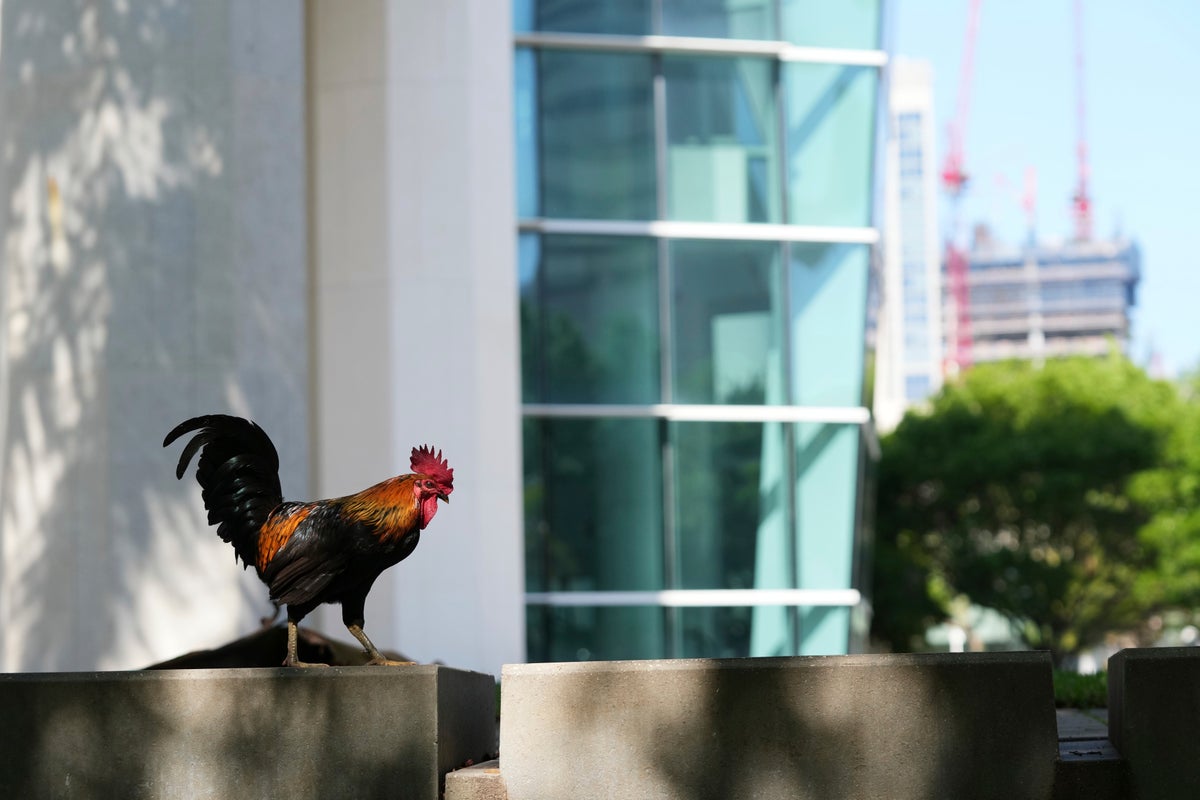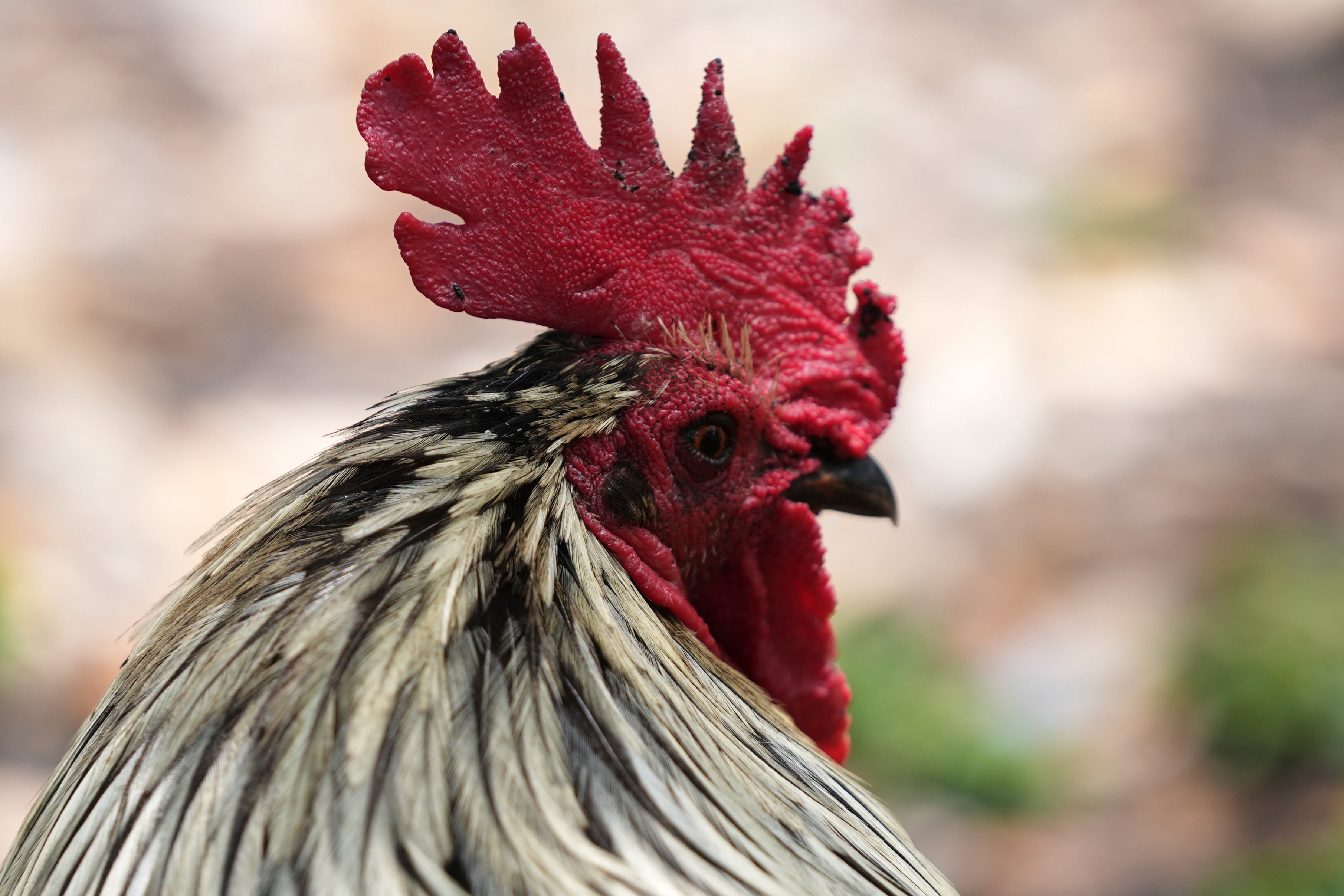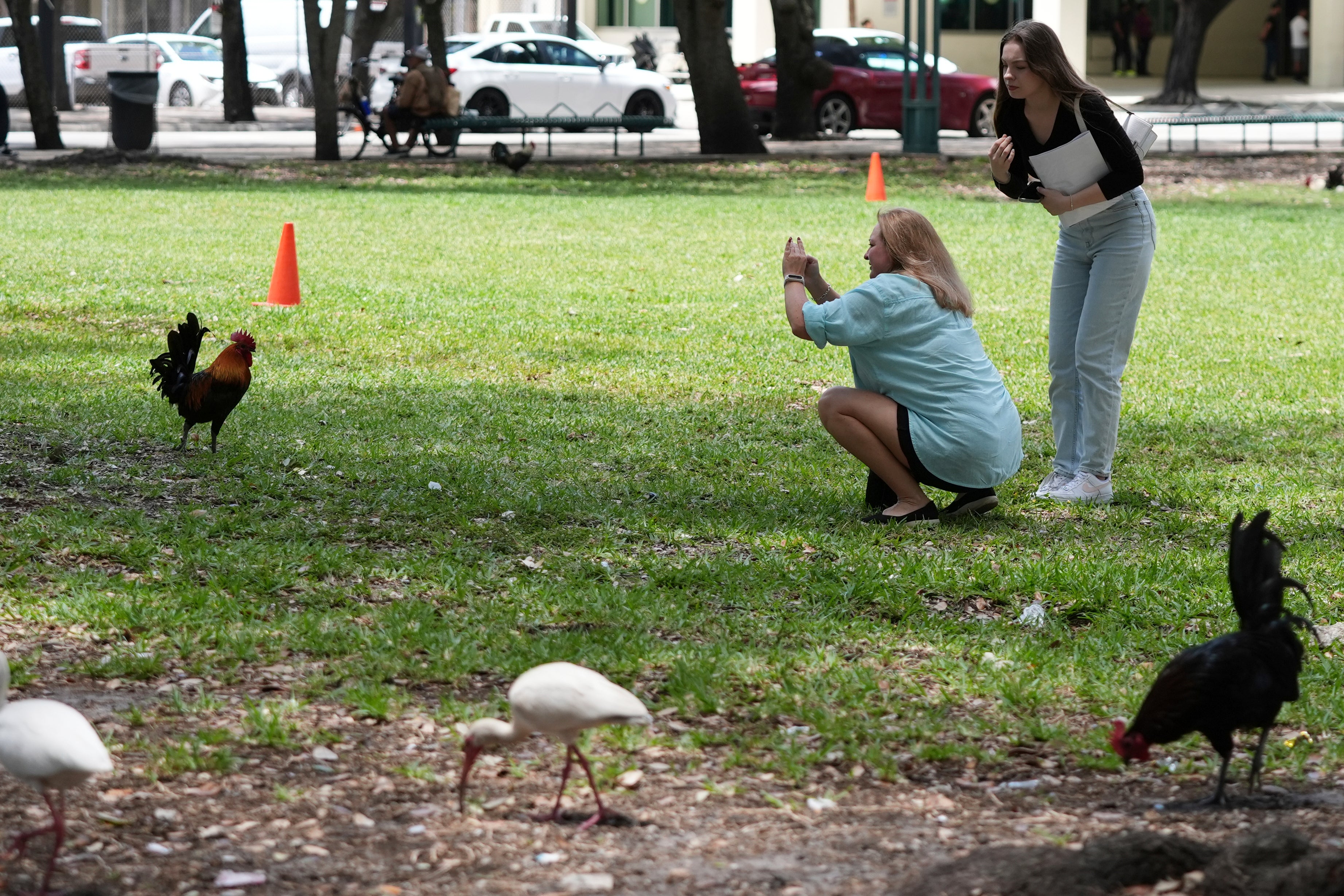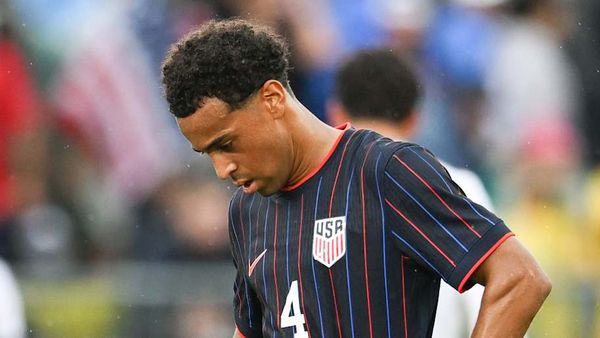
A new turf war is breaking out in Miami.
The city's wildlife is famously diverse, from flamingos and pelicans to herons and parrots. But in recent years, a new feathered resident has taken center stage: the chicken.
Roosters, hens, and their chicks are increasingly common, not just in residential areas like Little Havana, Little Haiti, and Wynwood, but also among the downtown high-rises and government buildings. While some find their crowing disruptive, many Miamians have embraced these birds as an unofficial city mascot, a quirky symbol of the city's vibrant and untamed spirit.
Paul George, the resident historian at HistoryMiami Museum, said the chickens are closely connected to the people who have moved to Miami over the decades. For a long time, the domesticated birds were mostly kept in backyards, but George began to notice their feral cousins wandering in public areas about 20 years ago.
He said the chickens have a cultural connection to people who grew up in rural areas of Cuba and other parts of Latin America: “They’ve always had these hens and roosters around.”
Wild chickens can be found in many Florida communities, from Key West to Tampa to St. Augustine, along with other large cities throughout the U.S., like New Orleans, Houston and Los Angeles.

But Miami's Little Havana truly adopted the birds as a symbol in 2002 when 6-foot (2-meter) fiberglass rooster statues began appearing outside shops and restaurants along Calle Ocho, which is Spanish for 8th Street, as part of a campaign to celebrate the area's culture.
More than two decades later, dozens of the colorfully painted statues, designed by the late artist Pedro Damián, continue to attract tourists seeking fun photo opportunities.
Owner Jakelin Llaguna of Little Havana Visitors Center, a souvenir shop along Calle Ocho, said the community is largely fond of the avian inhabitants, which forage around local businesses and parks.
“The neighbors have welcomed them,” Llaguna said. “So they don’t mind if they’re in their backyard or in their front lawn. Nobody messes with them, they’re our mascot.”
Llaguna said the roosters' crowing at sunrise symbolizes renewal.
“The Cubans came to Little Havana when the revolution came into Cuba,” Llaguna said. “They settled in this neighborhood, so they had a new beginning in Little Havana.”

Llaguna's store is filled with rooster merchandise, including shirts, hats, glasses and magnets.
“Everybody wants a rooster,” Llaguna said. “They want to take home a memento. They want have a memory of a fun time. And the rooster has turned into that.”
As the feral roosters spread, they might soon face competition from the invasive peacocks that have taken over neighboring communities like Coconut Grove and Coral Gables.
“The peacocks have very bad tempers,” George said. “They’re pretty ill-mannered, and they tend to be a lot bigger than the chickens, and they make a lot of noise.”
But George is more concerned that development and gentrification in older neighborhoods could eventually lead to the disappearance of their feathered residents. When 50-year-old houses are replaced with brand new condos, George isn't sure whether people spending over $1 million for a home are going to tolerate the loud birds.
“Even with hurricane windows, I just don’t think a lot of these people are gonna put up with it as the neighborhood becomes richer.” George said. “And I think they’re gonna really lean on the city’s code enforcement for it.”

The legal status of the roosters and chickens is somewhat murky. Both the city of Miami and Miami-Dade County have ordinances that either strictly regulate or completely ban live poultry in residential areas. Meanwhile, the birds freely roam downtown among offices, public parks and courthouses.
Asked about the birds, both city and county officials described their presence as a code compliance issue.

Little Havana resident Donato Ramos Martínez enjoys having the roosters and chickens around and even feeds them near the Bay of Pigs Monument, off Calle Ocho.
“The rooster is the perfect animal for someone to wake up, because they begin to crow at about 4 a.m., from 4 to 5 a.m.,” Ramos Martínez said in Spanish. “And it is an attractive animal that tourists, both young and old, are excited about, and they take their picture, you know what I mean?”
“And so I don’t understand,” he added, “why there are some — excuse my language — some idiots who don’t want roosters or chickens or chicks on the street.”







